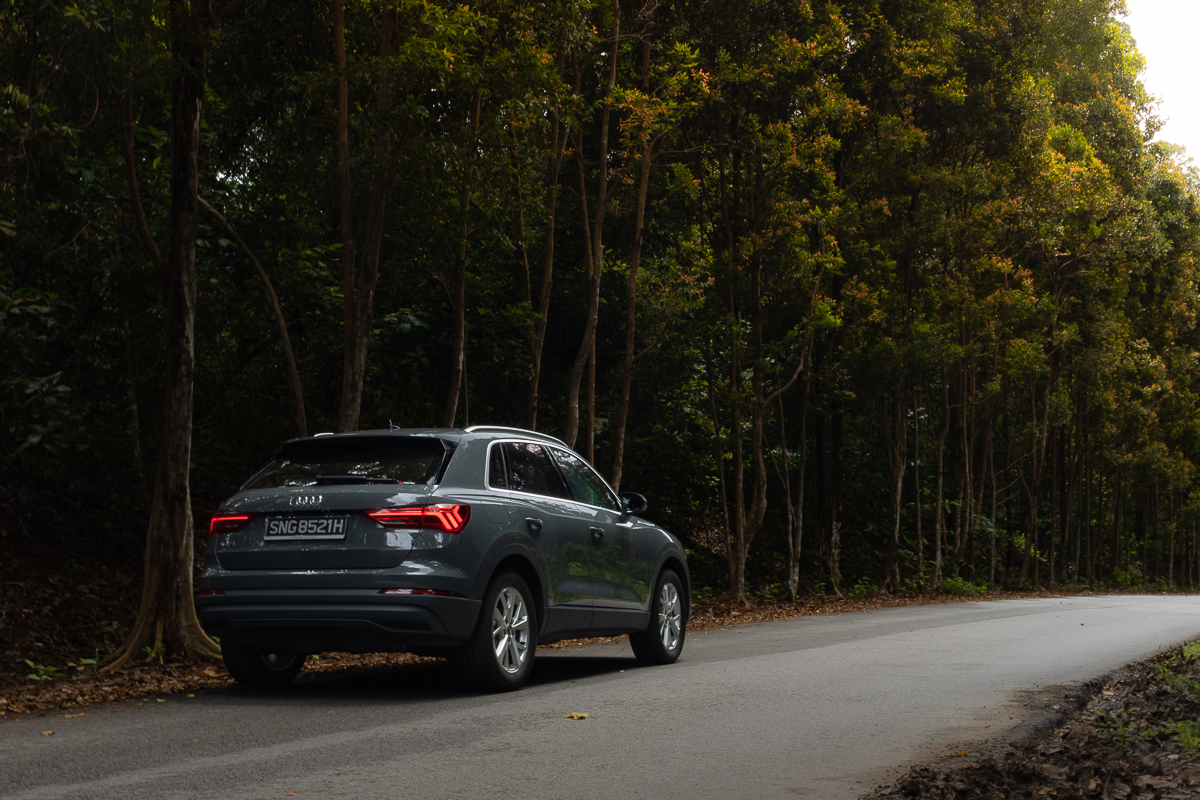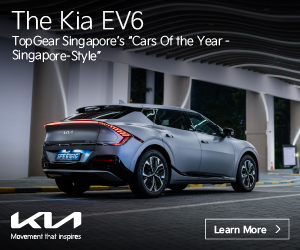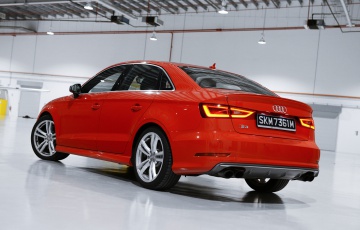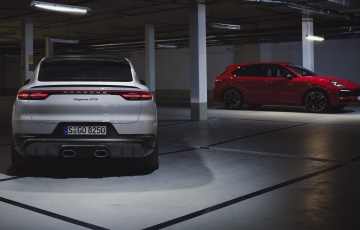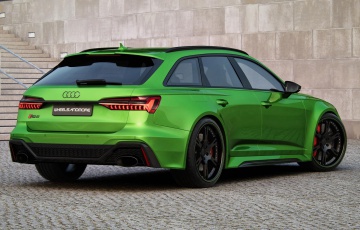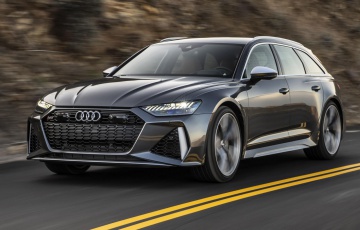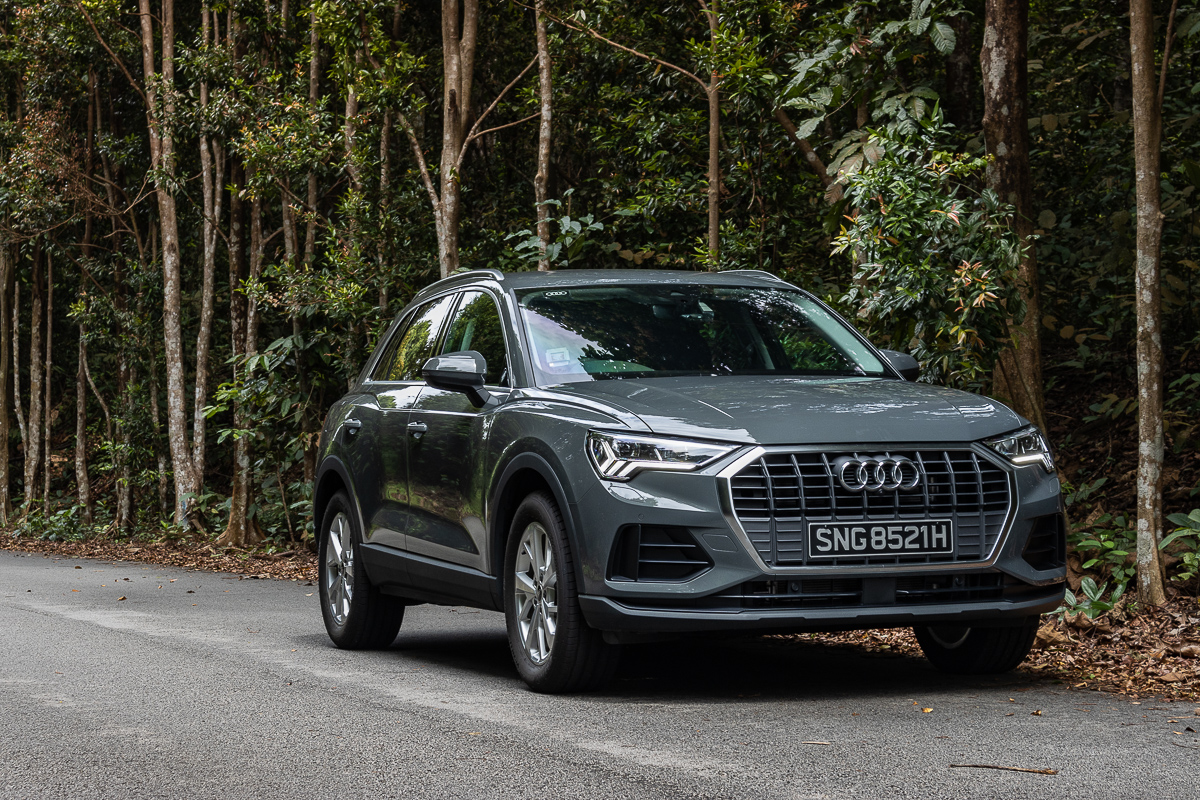
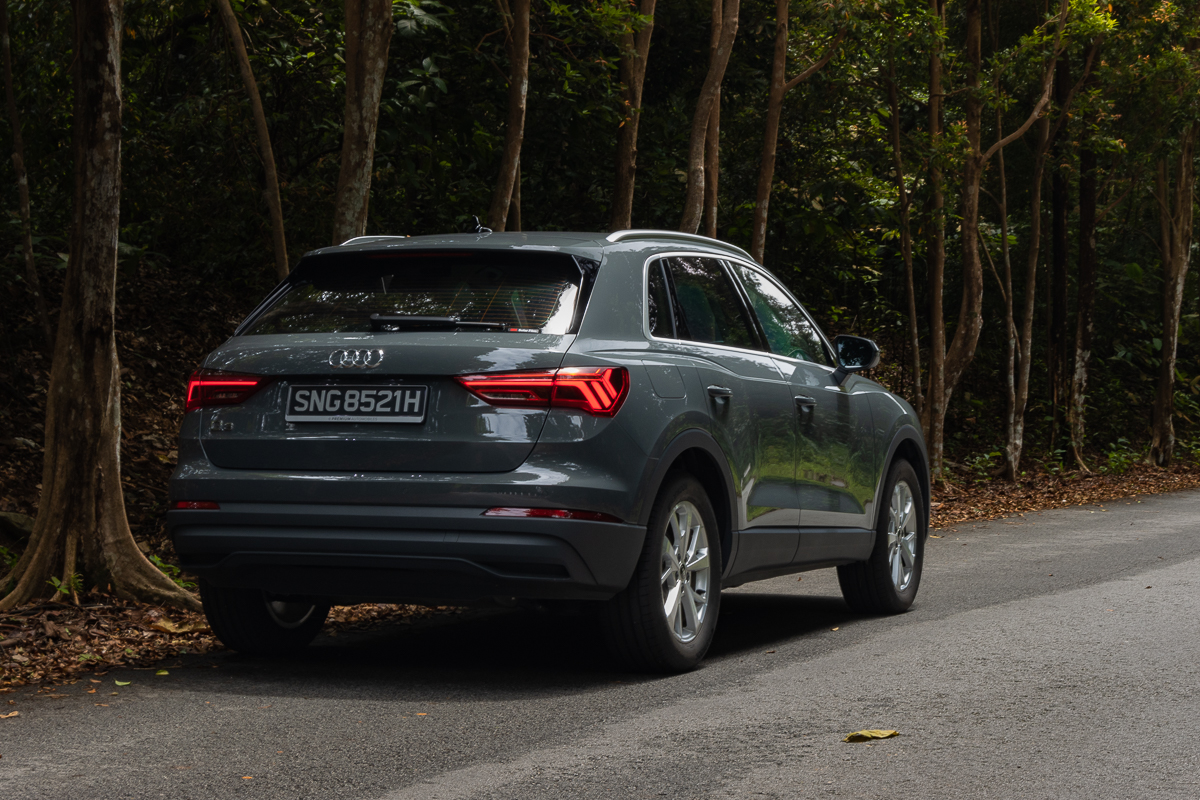
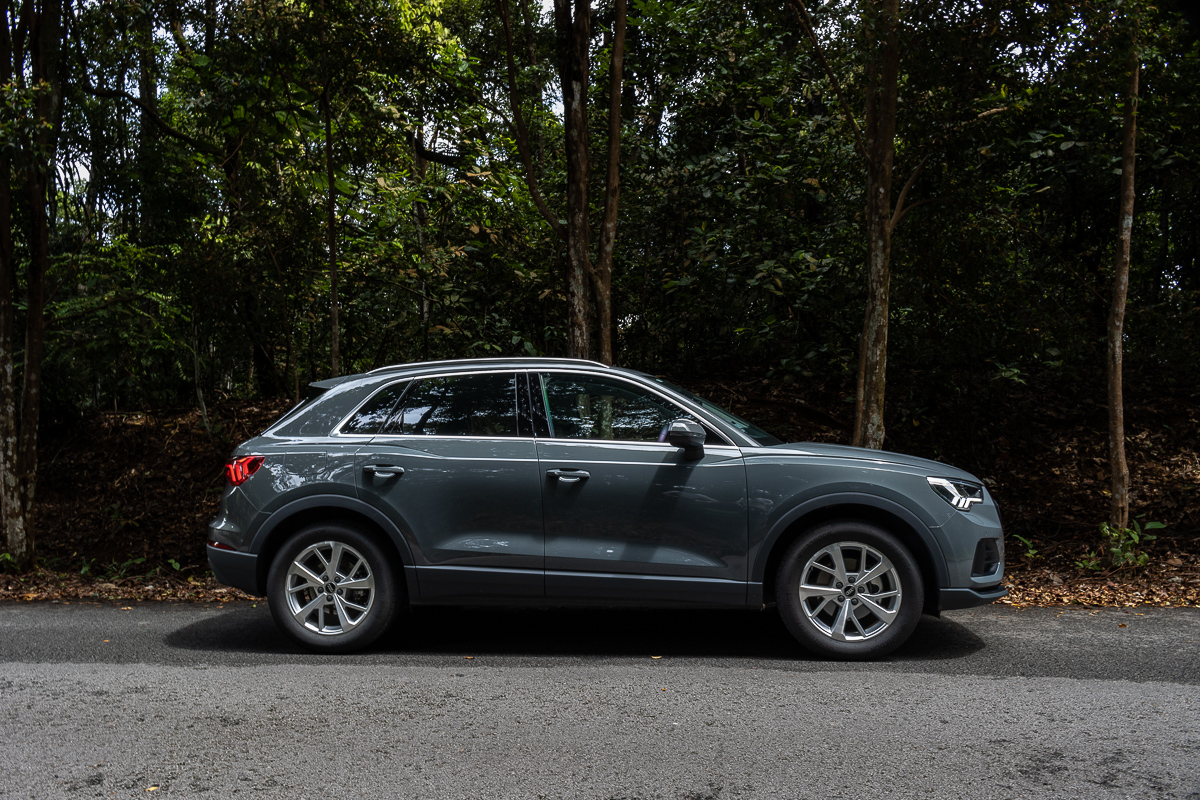
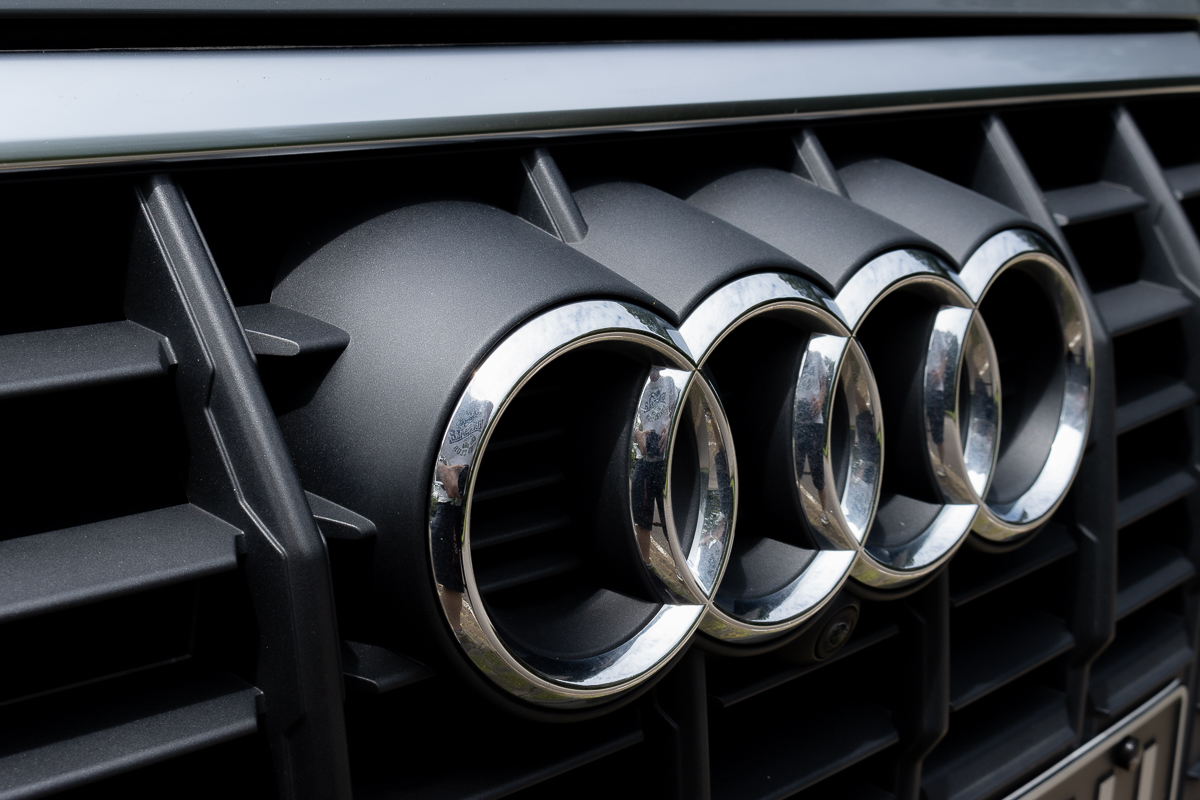
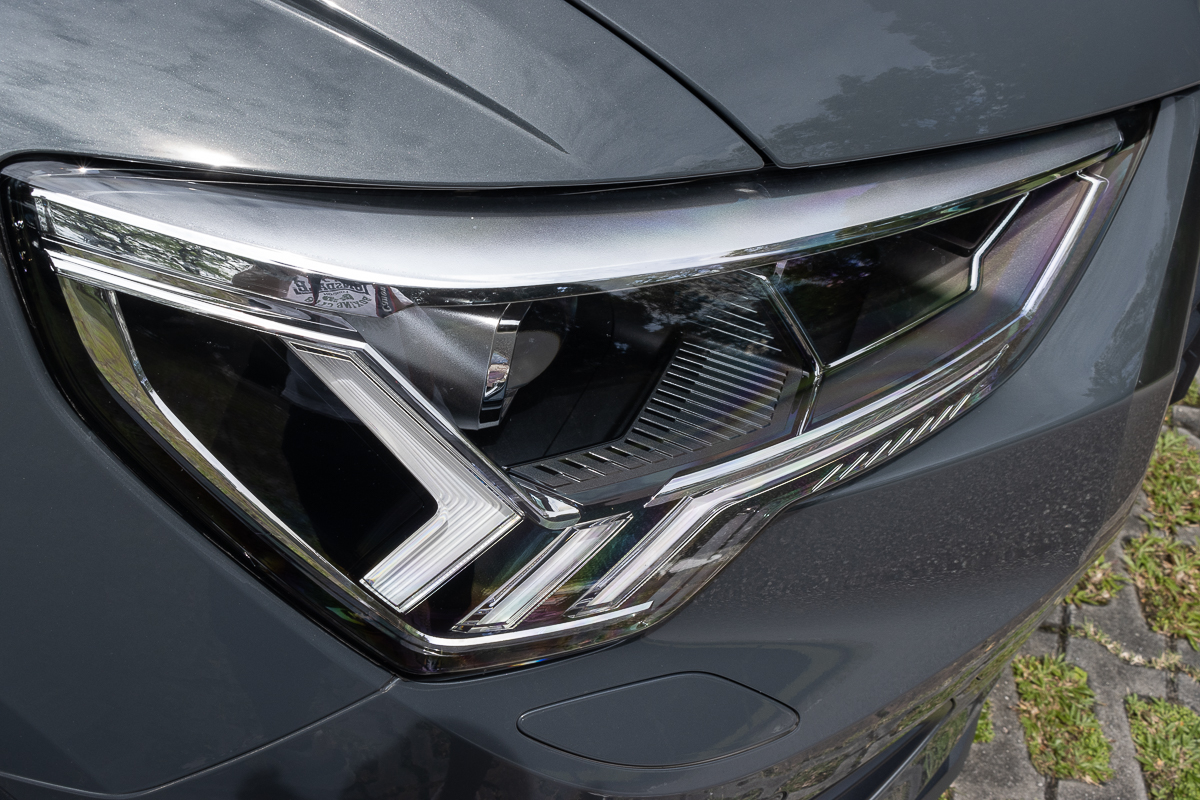
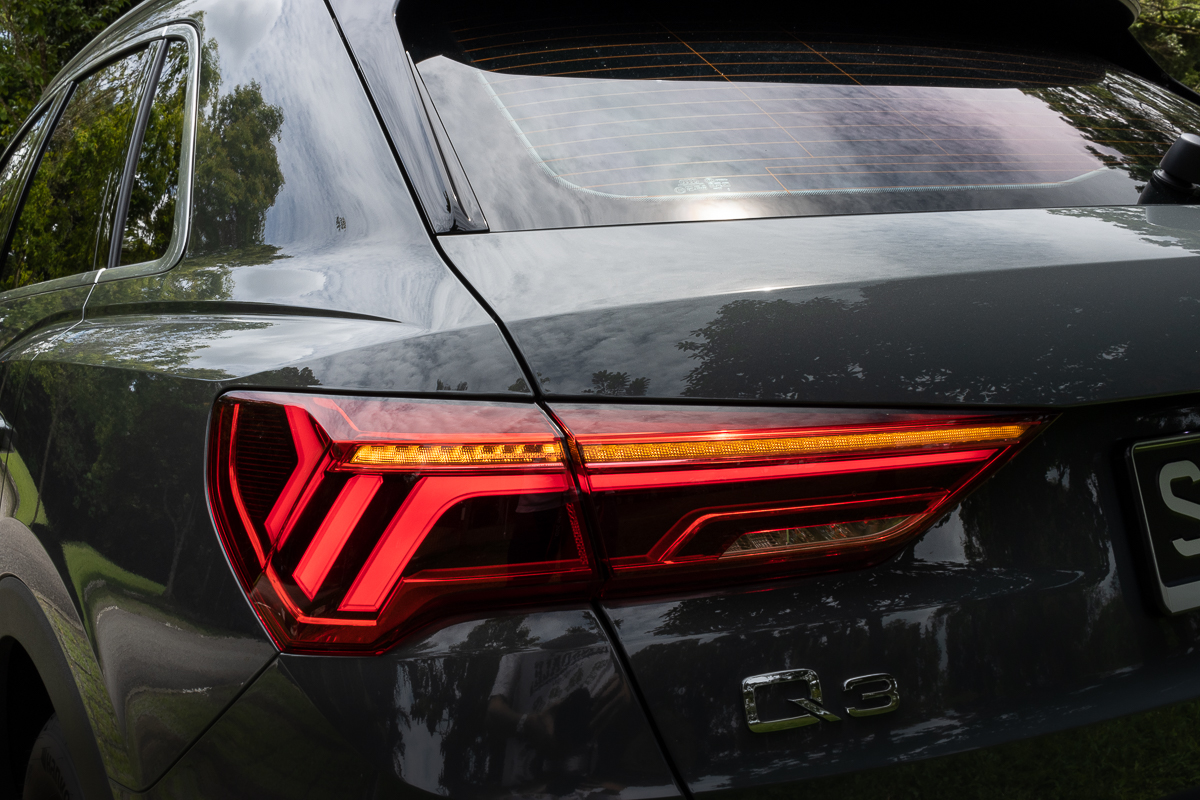
2022 Audi Q3 1.5 TFSI S tronic MHEV Review : Von milder Seite aus
Singapore - Buyer preferences have dictated that automakers now need to build more SUVs, but I always go back to the point that all you really need is a good sedan or hatch. But that is just me speaking. The Audi Q3 is just one of the many SUVs Ingolstdat’s luxury brand has in its stable.
The current second generation car, which was introduced back in 2019, is by now the oldest among the three German luxury brands; but the Q3 and its sister car, the stylish Q3 Sportback are far from being long in the tooth.
Externally, it looks the same as when it was first introduced, which to me is a good thing. I do have a liking to how the Q3 is styled, as for a compact car, it has road presence. The Sportback (our review is coming too), would definitely set you back more coin, but a lowered sloping roof and a re-styled rear certainly does wonders for visual appeal.
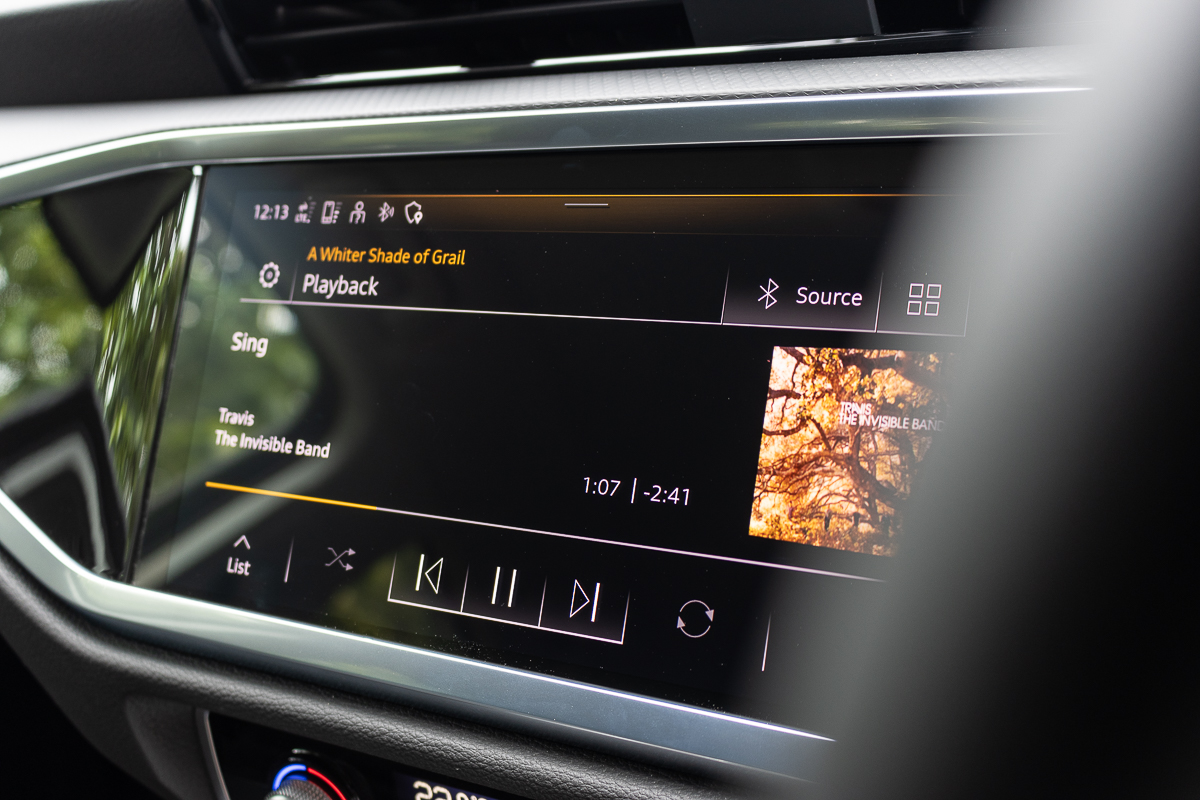
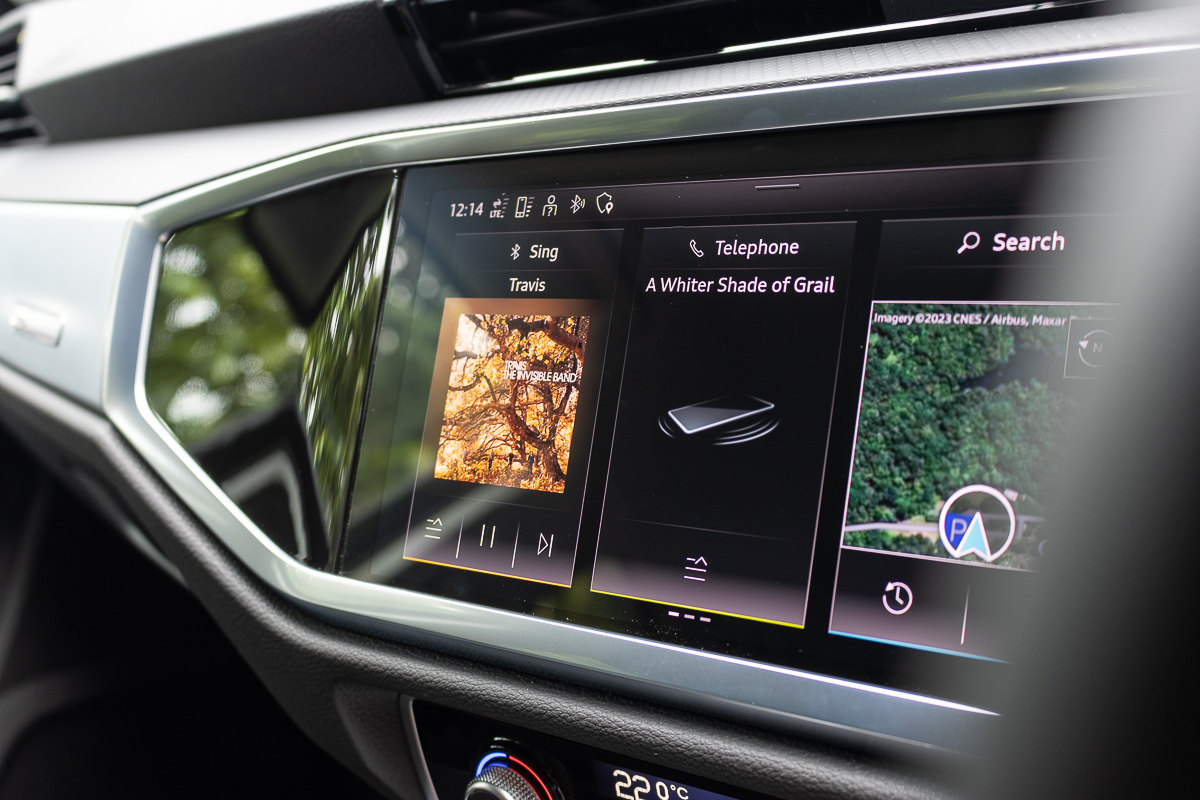
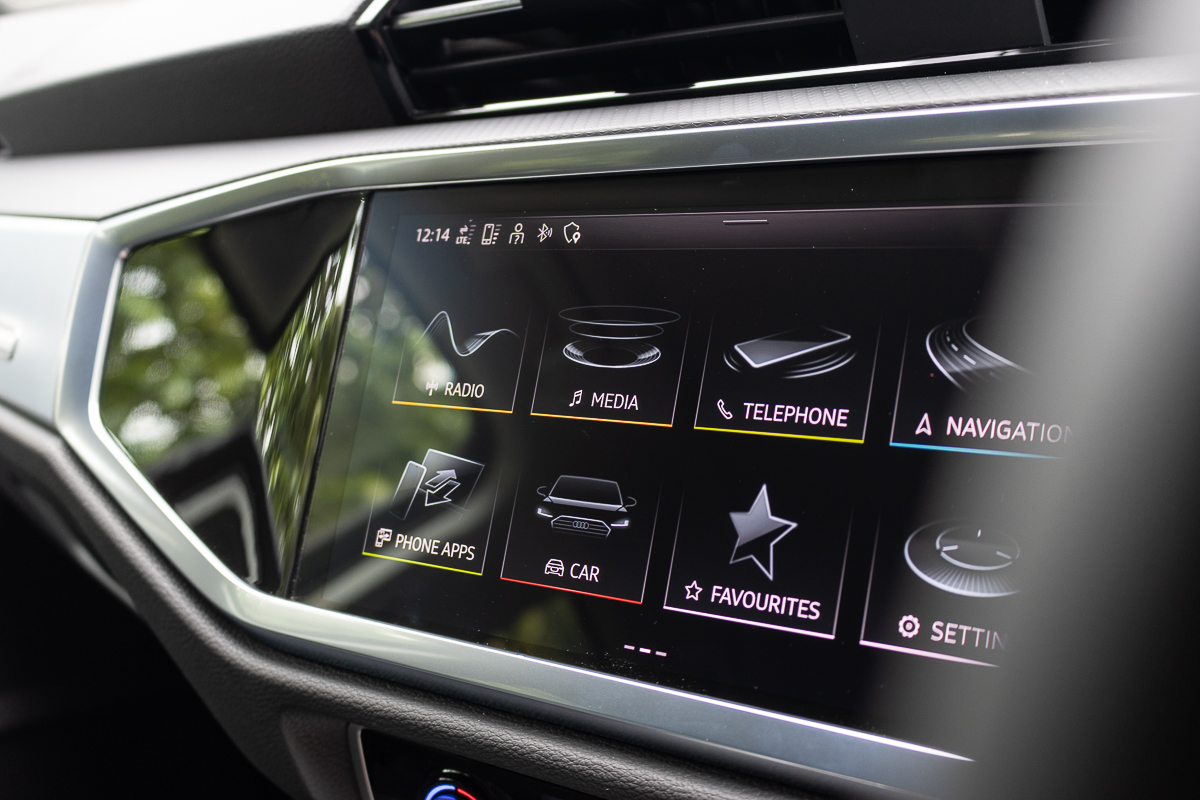
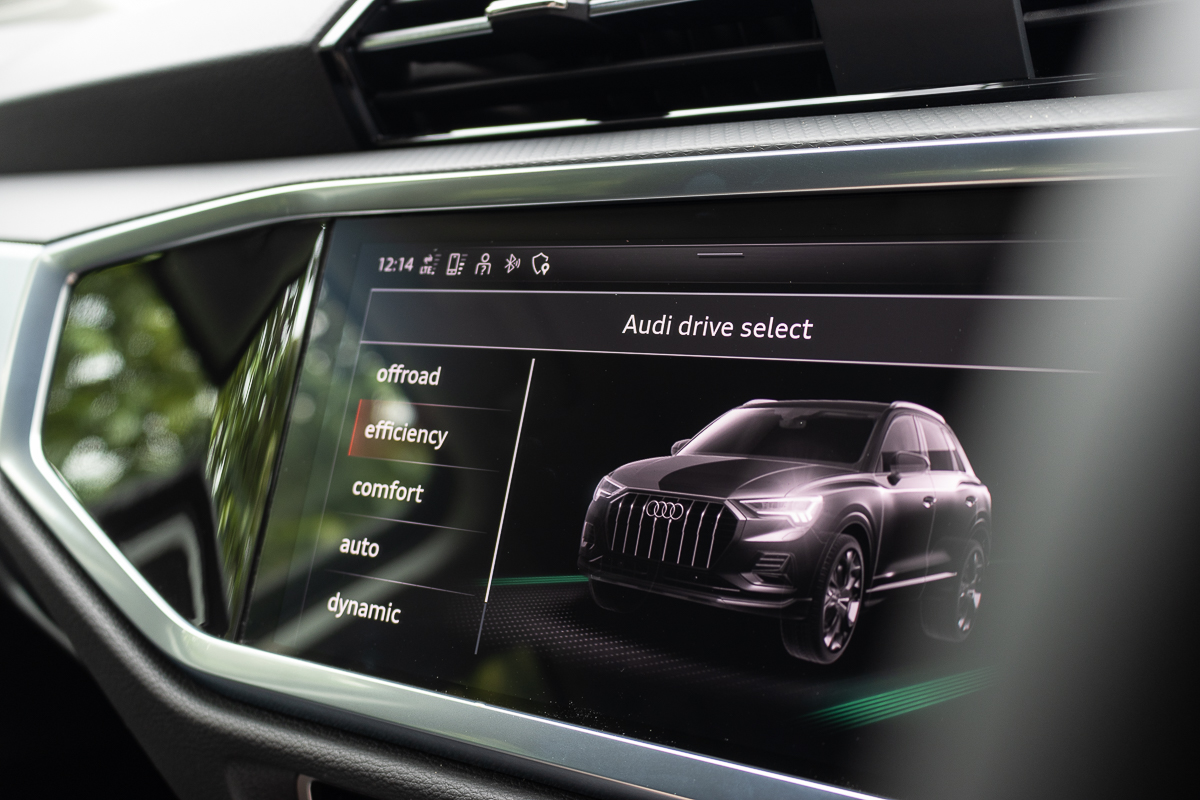
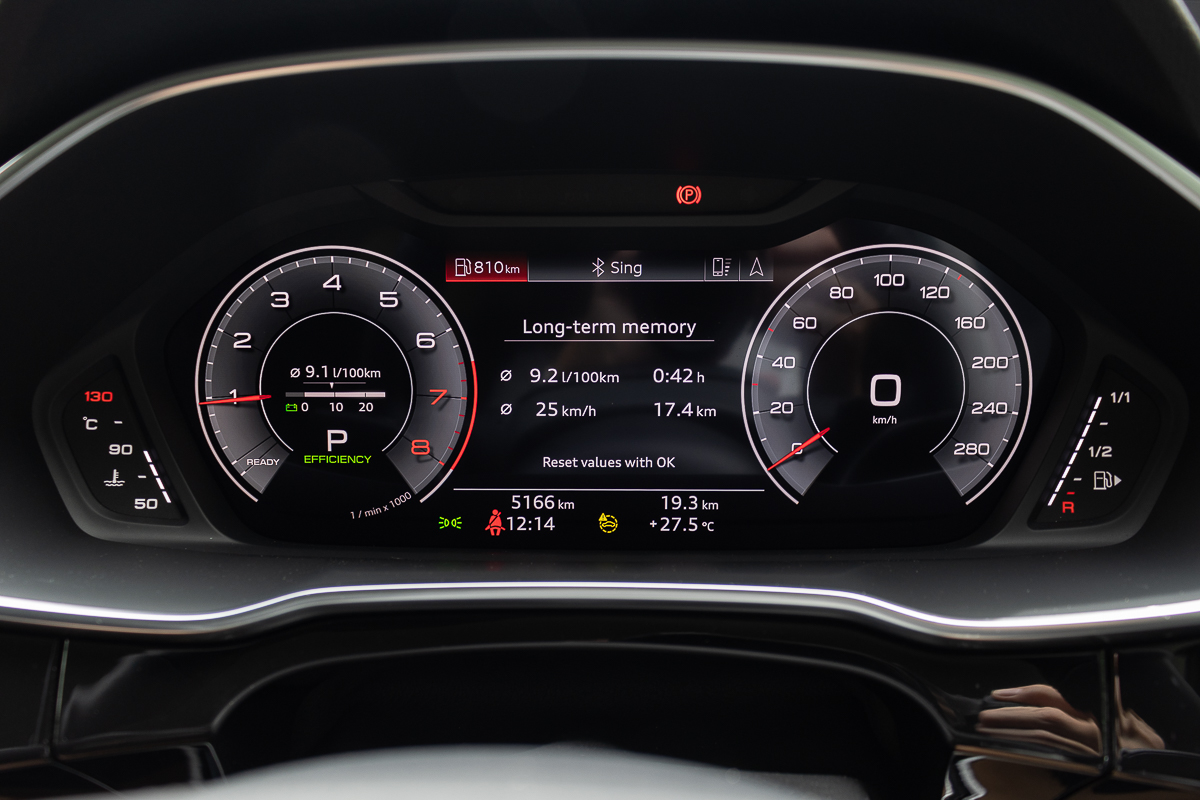
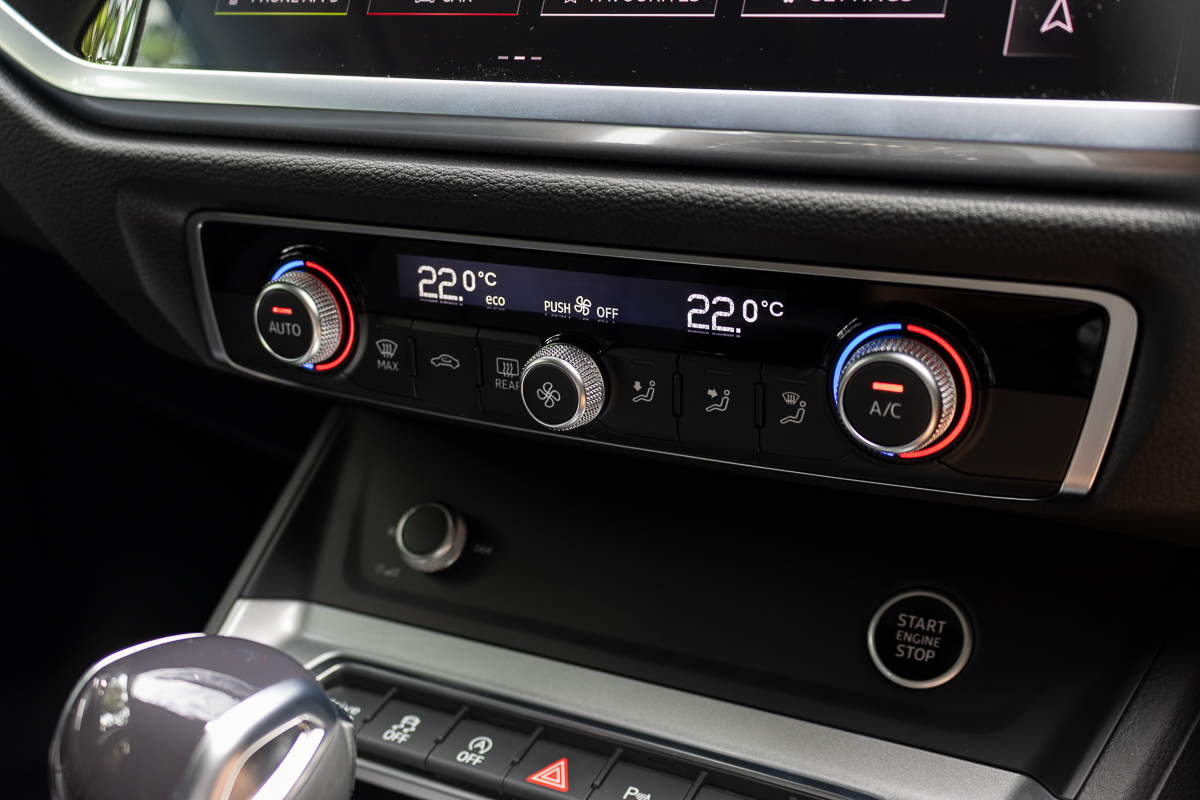
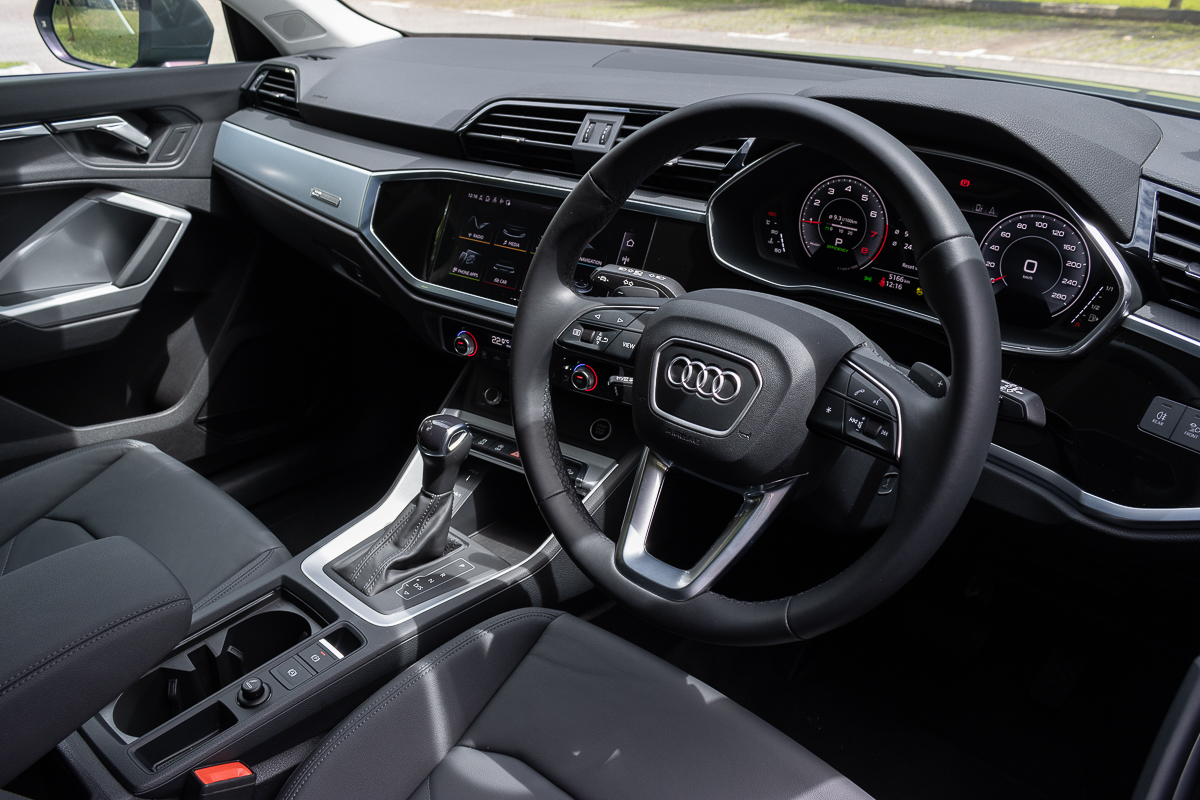
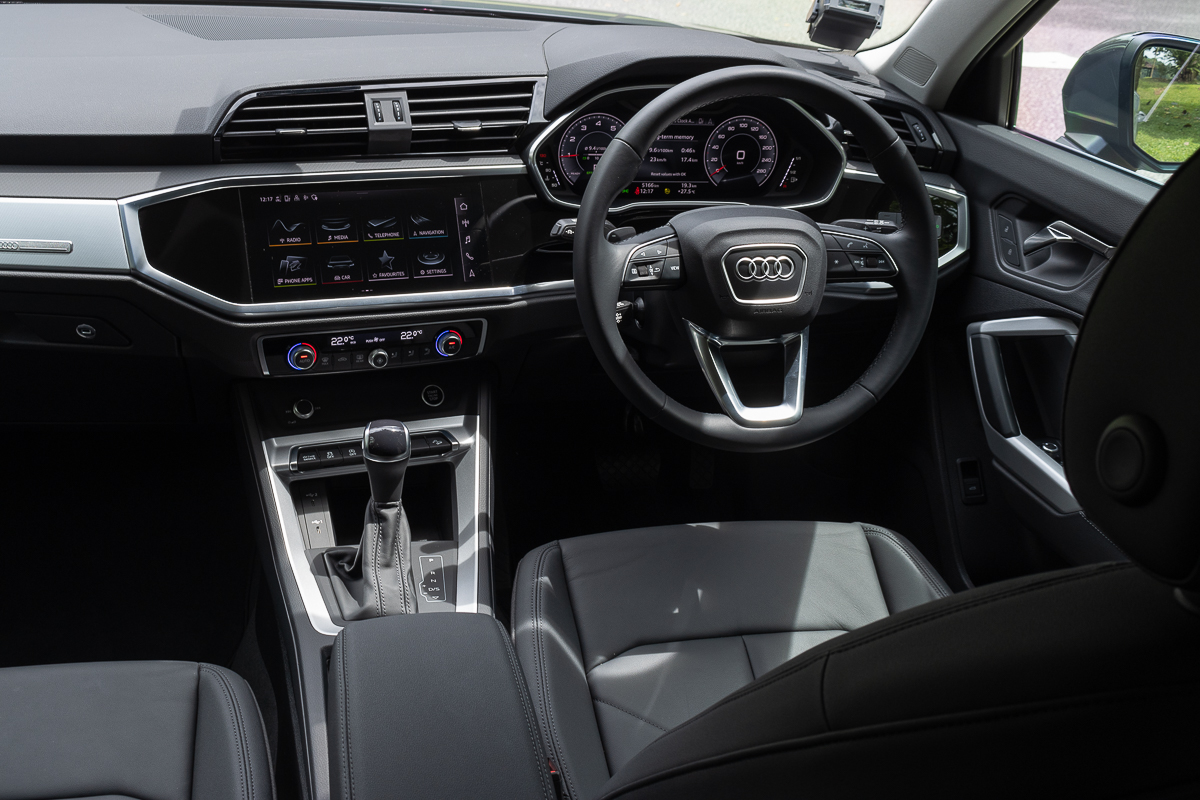
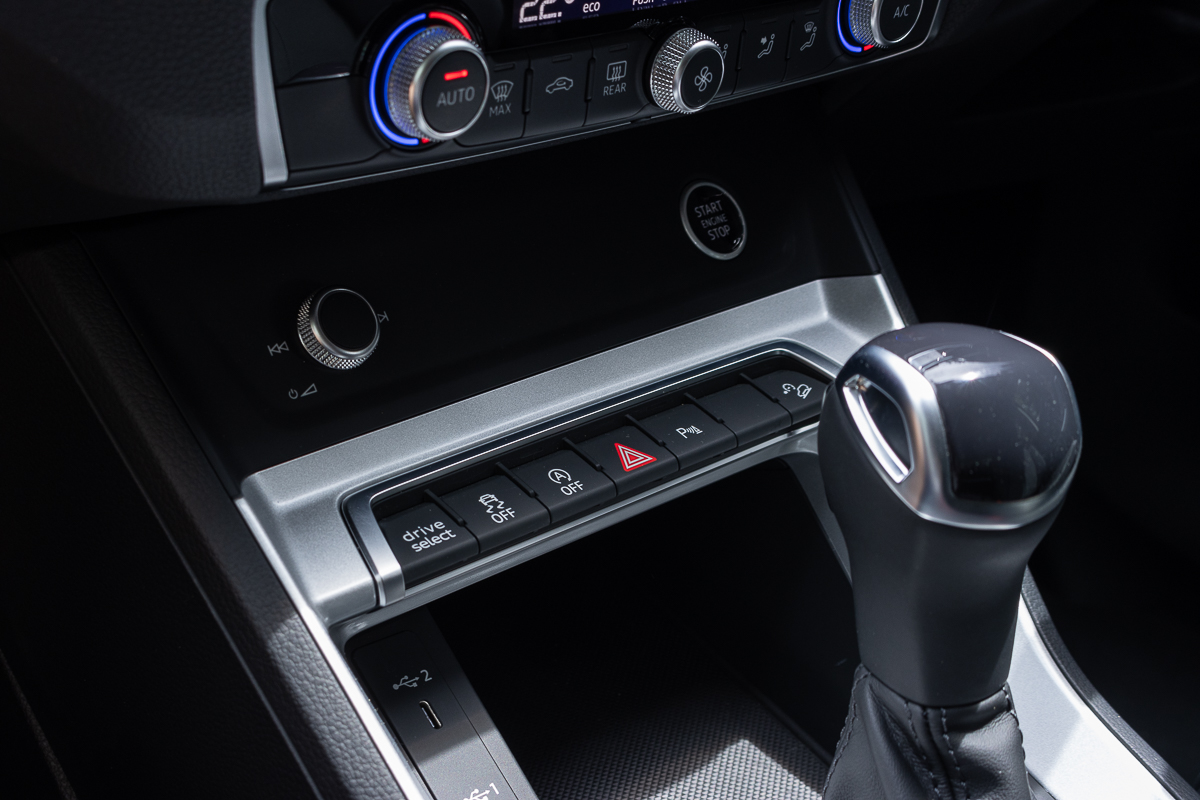
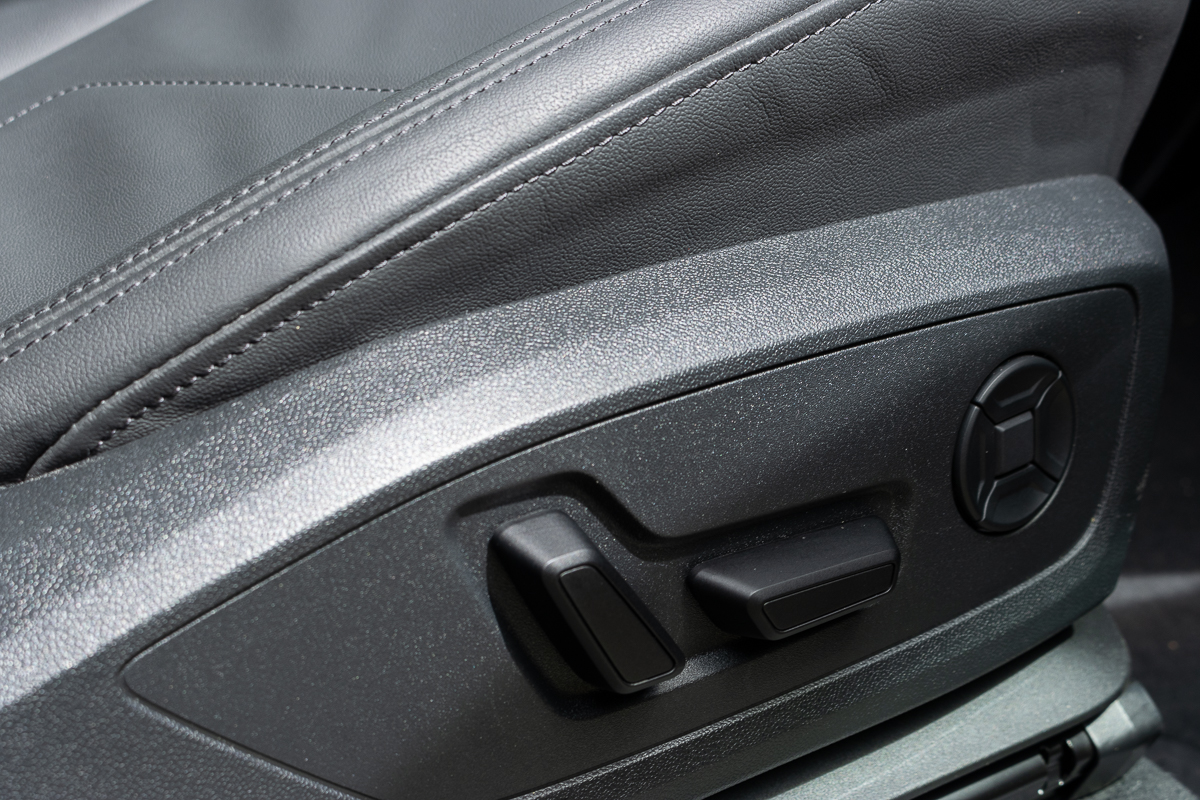
The story is the same on the inside… of being the same. A large gloss black panel spans across more than half of the dashboard, which houses the touchscreen infotainment system. It is enhanced with internet-enabled Audi Connect Plus, and the SatNav is backed by Google’s POI search. I have to highlight that while the infotainment lacks voice activation like in its German peers, it pleasantly loads search results quickly, and it easily recognises most of my messy left-handed finger squiggles. I do have a personal liking for that touch of alcantara, lining the sill of the dash. Perhaps the only important feature which I feel is missing here, is a wireless charging pad. If I were to be fussy, it could also do with slightly better speakers for the standard audio system.
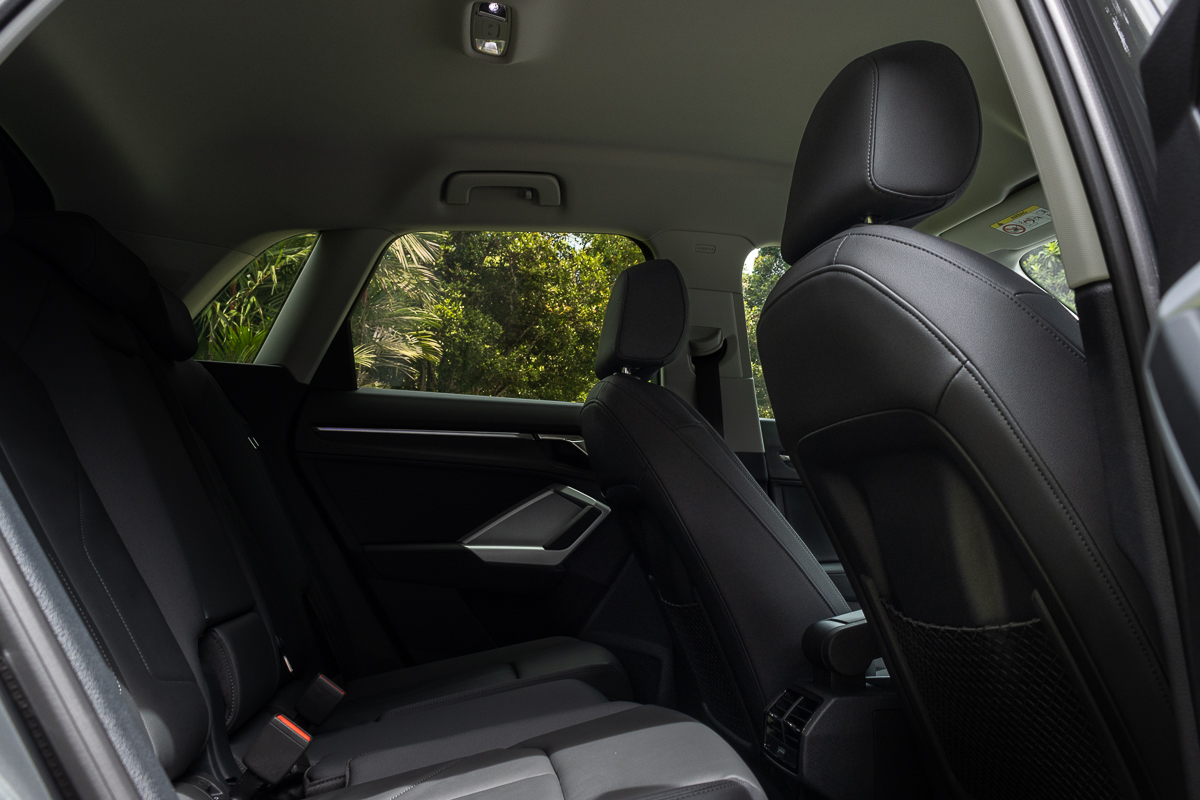
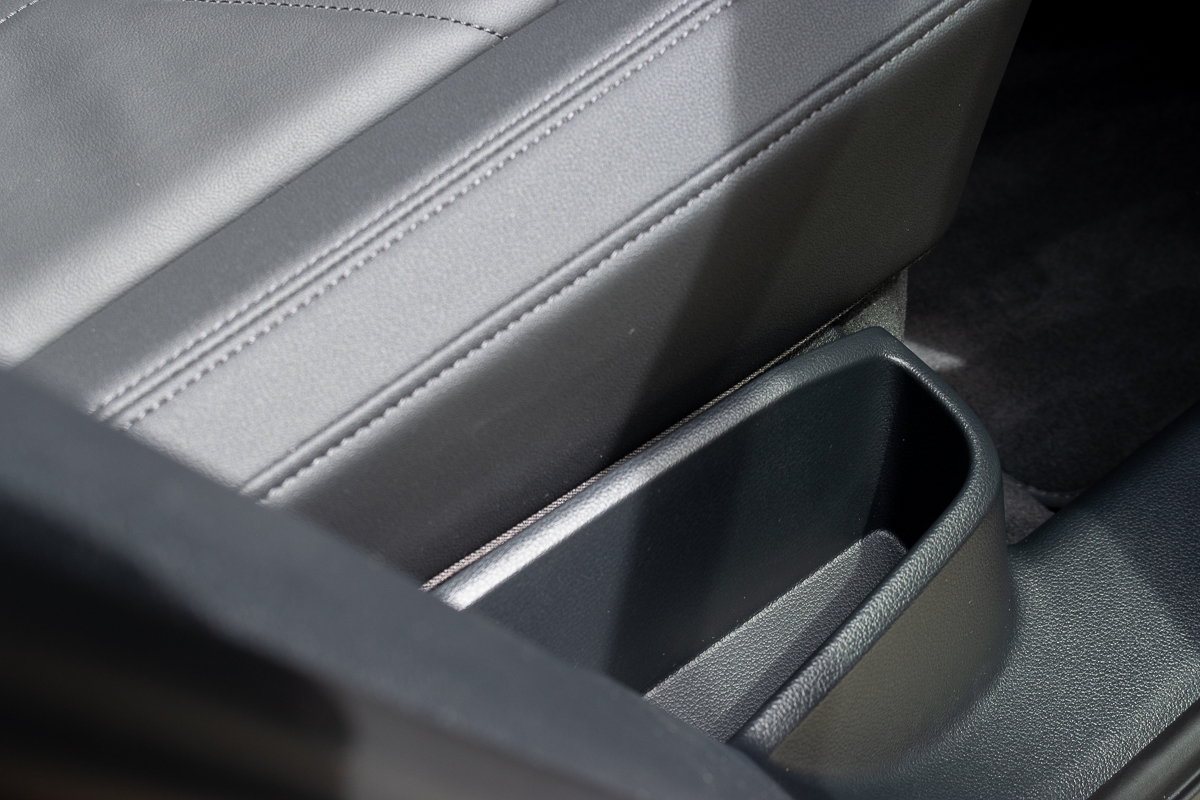
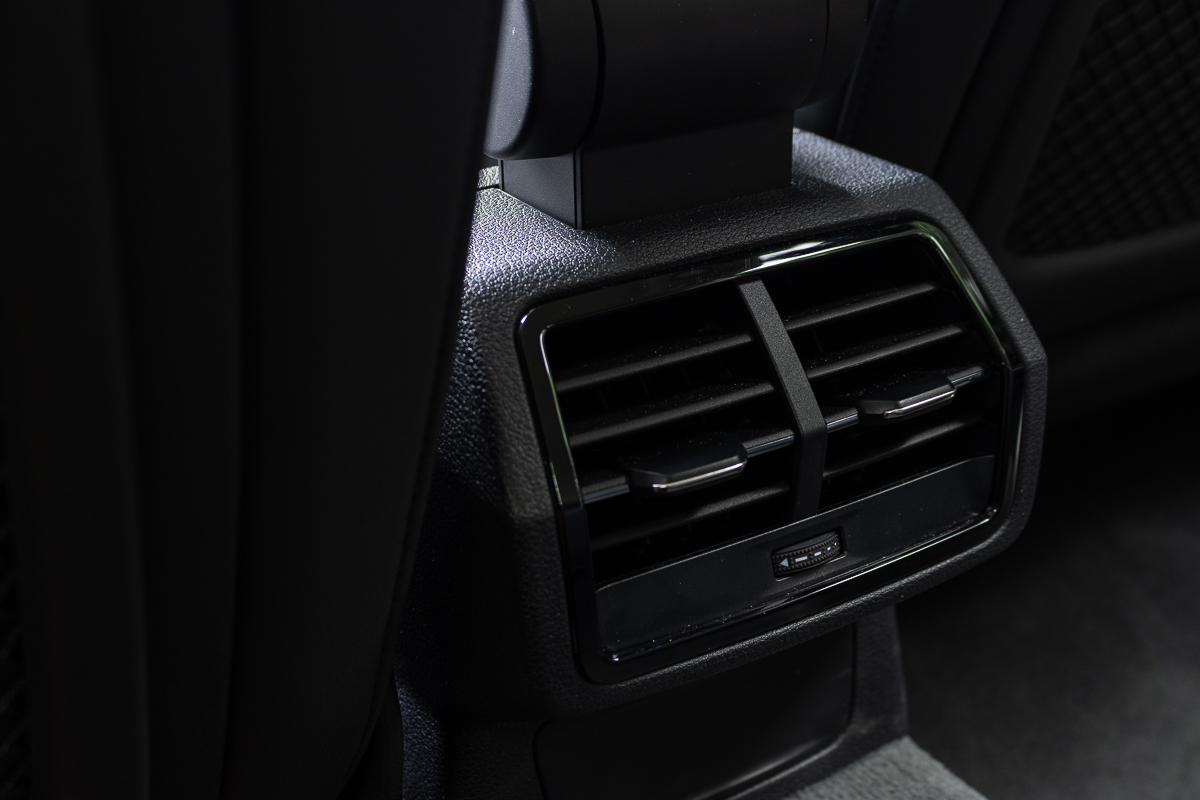
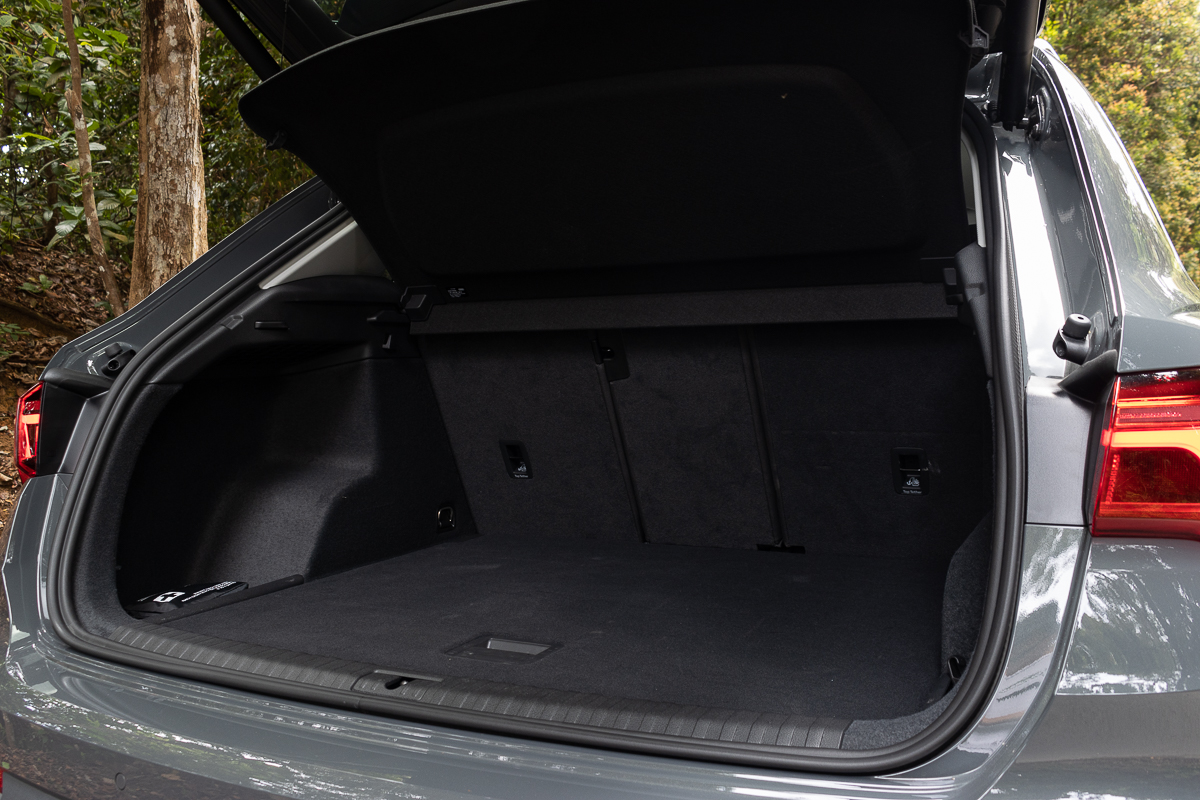
Over at the second row, you get sufficient legroom for three adults. The Q3’s 530-litre boot is decently large and practical, though it is just 10 litres shy of the new BMW X1. By sliding those rear seats forward, cargo room expands to 675 litres. The Q3 is incredibly well-packaged, so even though it is around 20cm shorter than the Audi Q5 and the BMW X3, both the larger cars only have twenty more litres of cargo room to show for.
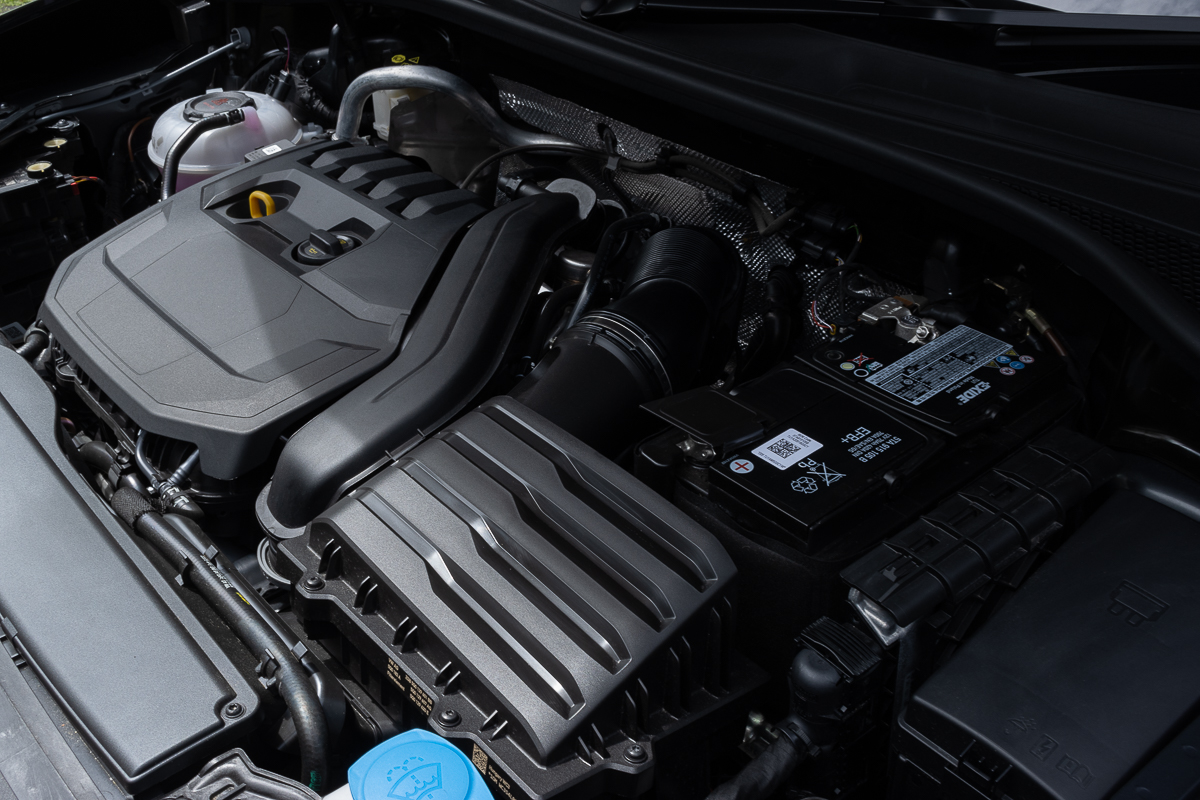
Under the bonnet, VW Group’s EA211 family 1.5 litre MHEV Evo powertrain replaces the previous 1.4 litre unit. This is the very same one found in the current A3 when it was first launched, the Mk.8 Volkswagen Golf, the family-sized Skoda Octavia (read about the Combi here), and the SEAT Leon. It gets paired with a dual-clutch 7-speed transmission, powering the front wheels.
So while it certainly has less grunt and 2 less driven wheels than the 2.0 version, it does get a tiny boost, thanks to the mild-hybrid tech.
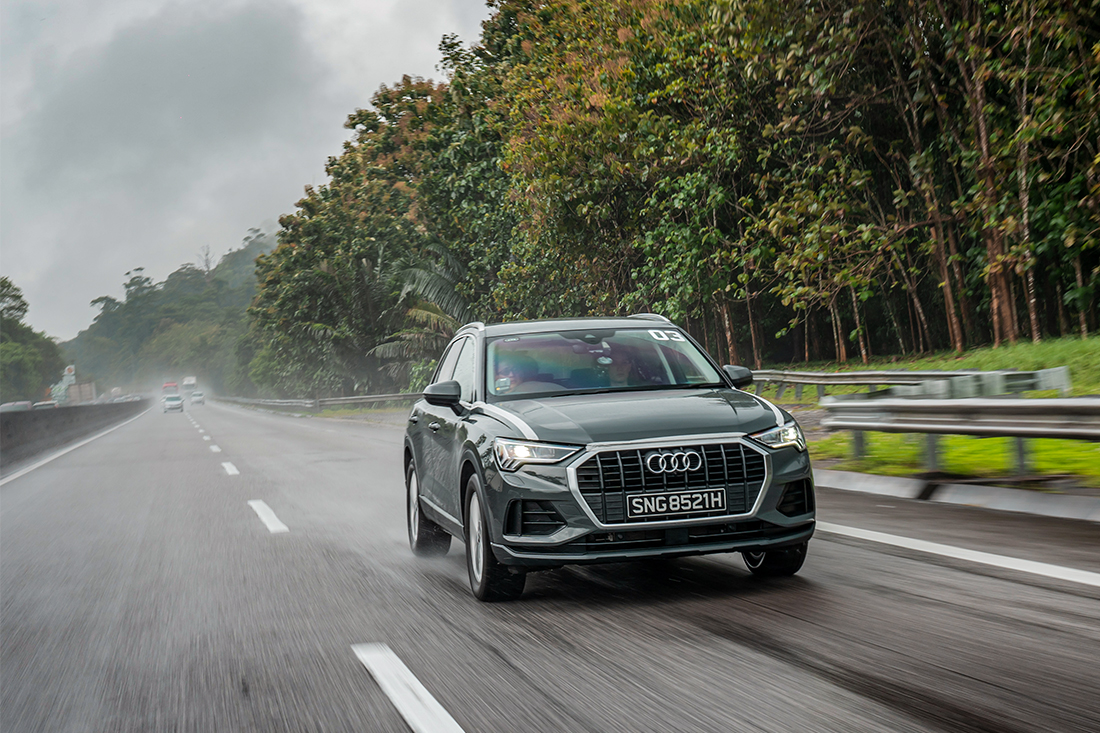
As with dual-clutch transmissions, there are some inherent jerks when moving off right after a cold start, but other than that, the Q3 works through its 7 gears quite seamlessly. While the on-paper, power and torque figures remain identical to the previous 1.4 litre car’s 150hp and 250Nm, the new engine has better fuel efficiency tech. The 4-cyl boasts Active Cylinder Deactivation, which does its work when cruising, where the engine runs on only cylinders 1 and 4. The engine is also able to “sleep” if you were to lift-off the throttle. However, I do notice that it happens less often than when driving with the same engine in the Volkswagen Golf. Also, this only seems to happen in ‘Auto’ or ‘Economy’ drive mode.
The 1.5 litre’s official fuel efficiency numbers stand at a combined 14.5km/l, an improvement over the 1.4. As for myself, I managed 12.2km/l on my first run, and 12.8km/l on my second. We did a long highway run a while back with this very same car, driving from here to Hat Yai and back (Check out our return trip in the 1.0 A3 Sportback), where we averaged 20km/l.
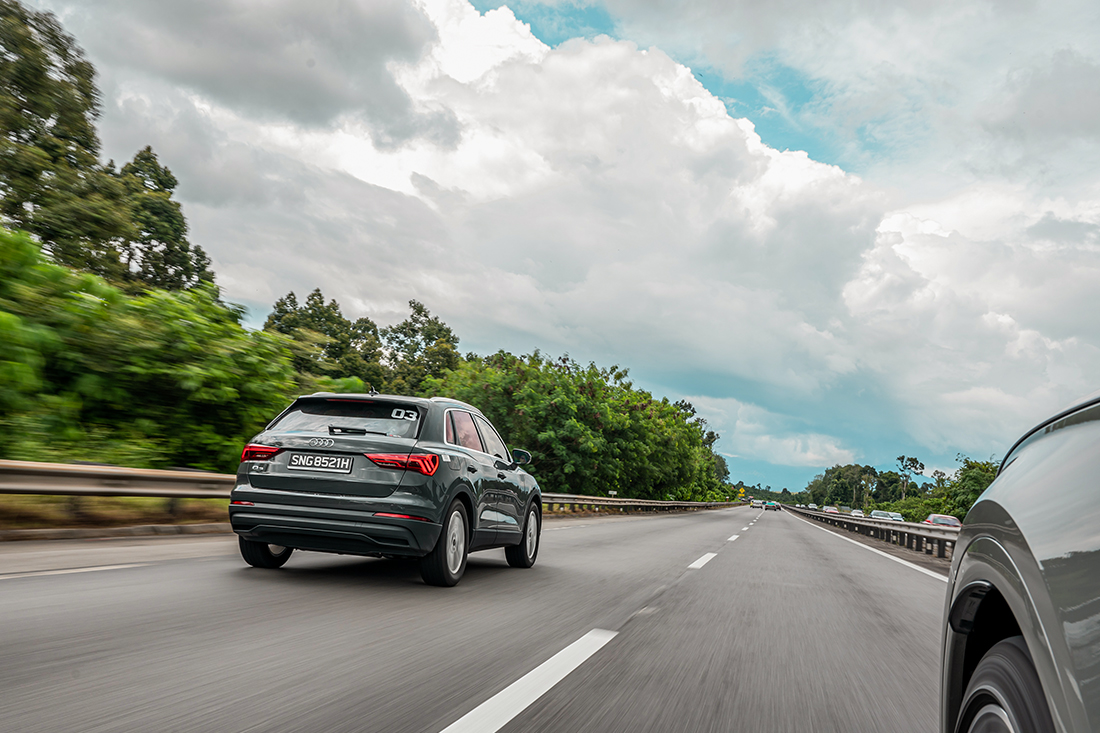
Overall, the Q3 drives well, though I do wish for the steering to be more accurate. There is just a little firmness dialled into the suspension so that the SUV holds up when you push it, but it is largely tuned to provide a comfortable drive.
Competition is stiff here, as there is the Mercedes-Benz GLA, BMW X1 and Lexus UX to contend with. But I have to say that the Q3 functions more smoothly than its German peers, though it is the most costly among them. The GLA’s 1.3-ish litre engine comes across as the harder you rev, the more sandpaper-er it gets, while the BMW’s 1.5 3-cyl setup on the other hand, vibrates too much for my liking. Away from the premium range of SUVs, I should also mention that the “sub-luxury” Volkswagen Tiguan also offers you "more car" for less moolah.
PHOTOS Clifford Chow & Popillusion (rolling shots)
2022 Audi Q3 Mild Hybrid 1.5 TFSI S tronic
Engine 1498, inline4 turbocharged with MHEV
Power/rpm 150hp/5000-6000rpm
Torque/rpm 250Nm/1500-3500rpm
Transmission 7-speed S tronic
0-100km/h 9.5secs
Top Speed 206km/h
Fuel Consumption 5.8l/100km (combined)
